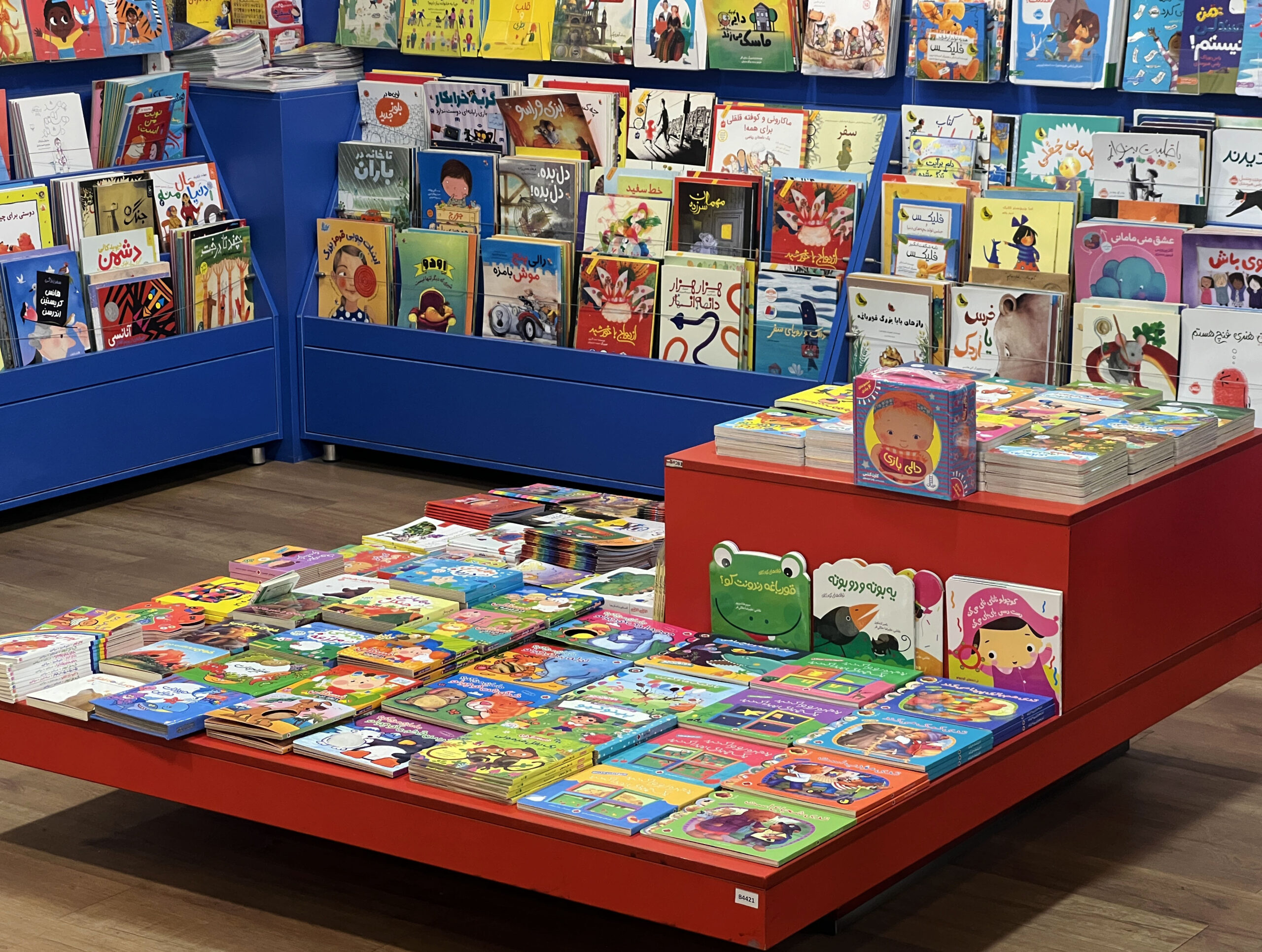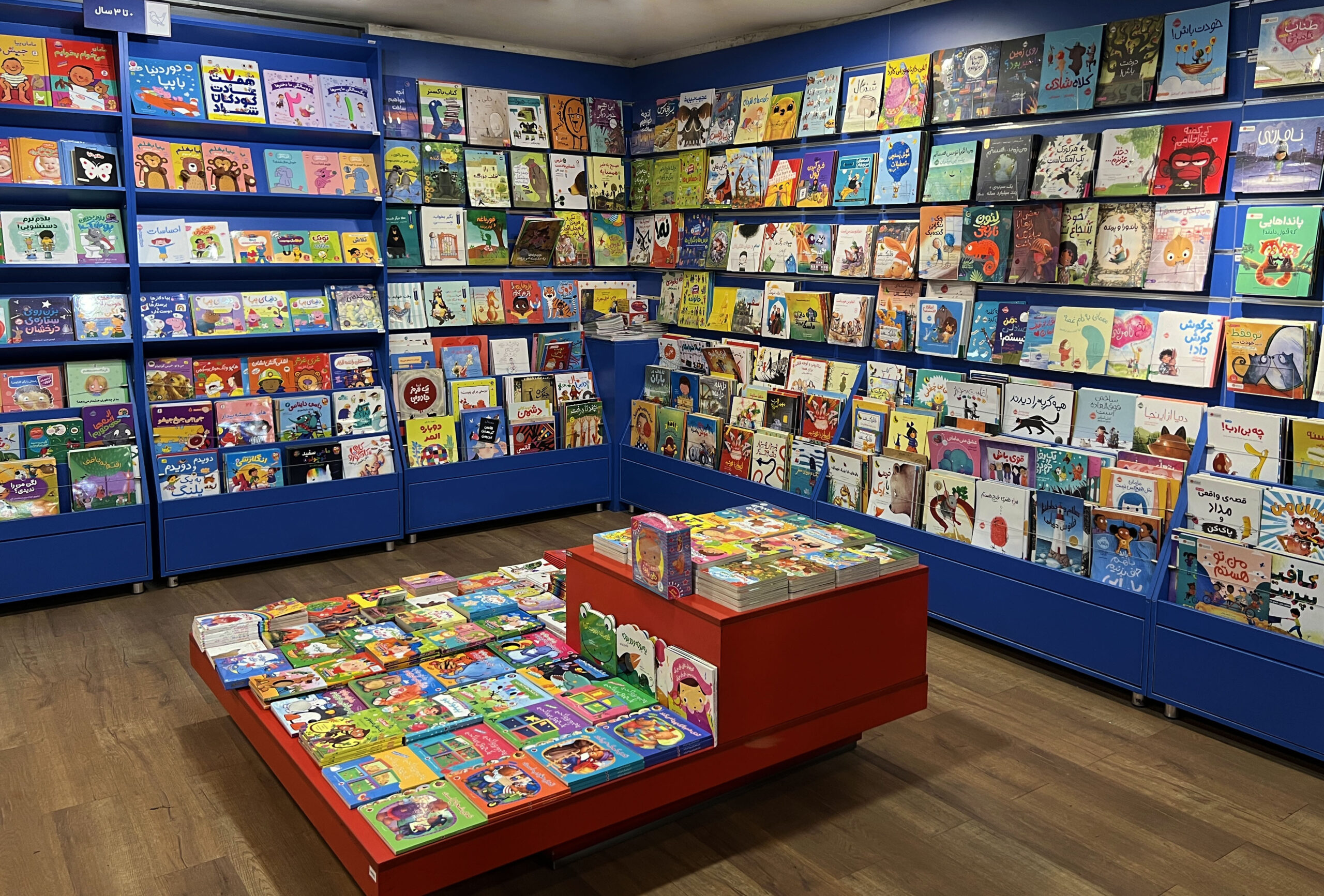The manager of BookCity Central Bookstore in an interview with IBNA
Pedram Alvandi, manager of BookCity Central, says: “At BookCity Central, children are free to do anything, and we are not worried about books or products getting damaged. We consider it part of the cost of running the store.”
In an interview with the Iran Book News Agency (IBNA, Persian), Pedram Alvandi discussed the challenges of expanding chain bookstores for children. “The biggest challenge is how to design an experience that works for both children and their parents. Tall, book-filled shelves are attractive to adults because they offer more options, but to a child, it’s like walking among towering buildings—it can be confusing and overwhelming.”
He suggested that children’s bookstore spaces should be more open and have lower shelves. “The main challenge is how much attention we should give to children versus parents in our design. It’s also a challenge when recommending books—how to offer good choices for children without interfering with parents’ concerns requires a lot of subtlety.”
Speaking about BookCity Central’s own design experience, Alvandi said: “We follow two main principles: peace of mind for parents, and a safe environment for children. Parents should not have to worry about their kids in the store. That’s why children are free to do anything here, and our staff are not allowed to react negatively to their behavior. We see occasional damage to books or products as part of the store’s operational cost. This gives peace of mind to parents, and shows children that the space is safe—like their own room—where they can do whatever they like.”
He also addressed the lack of appropriate design for teenagers. “We face problems when designing areas for teens. Putting teen and children’s sections too close often leads to serious complaints from teenagers, and can even drive them away. This should be considered when designing new stores or redesigning existing ones.”
Alvandi noted the importance of digital platforms: “Modern organizations must have a strategy for using various platforms. Social media can significantly influence our audience. BookCity, given its major role in developing bookstores nationwide, must operate at a larger scale—platforms like Fidibo and our online store are key examples.”
Emphasizing the role of technology in children’s books, he concluded: “I find it hard to imagine the future of children’s books without a technological component. Books need to be connected to devices. Children and teens are gravitating toward interactive tools and video content. If publishers can’t create this connection—and bookstores can’t implement it—then we’ll face major challenges.”





